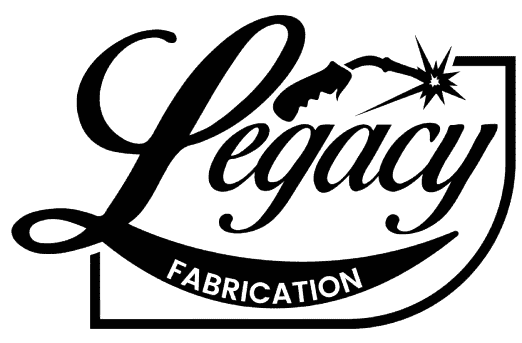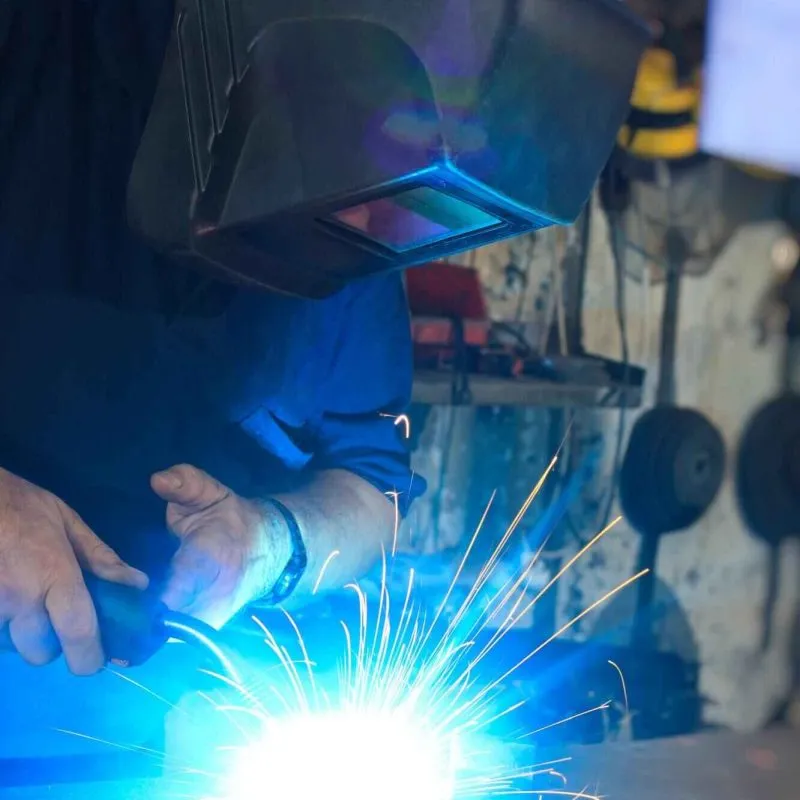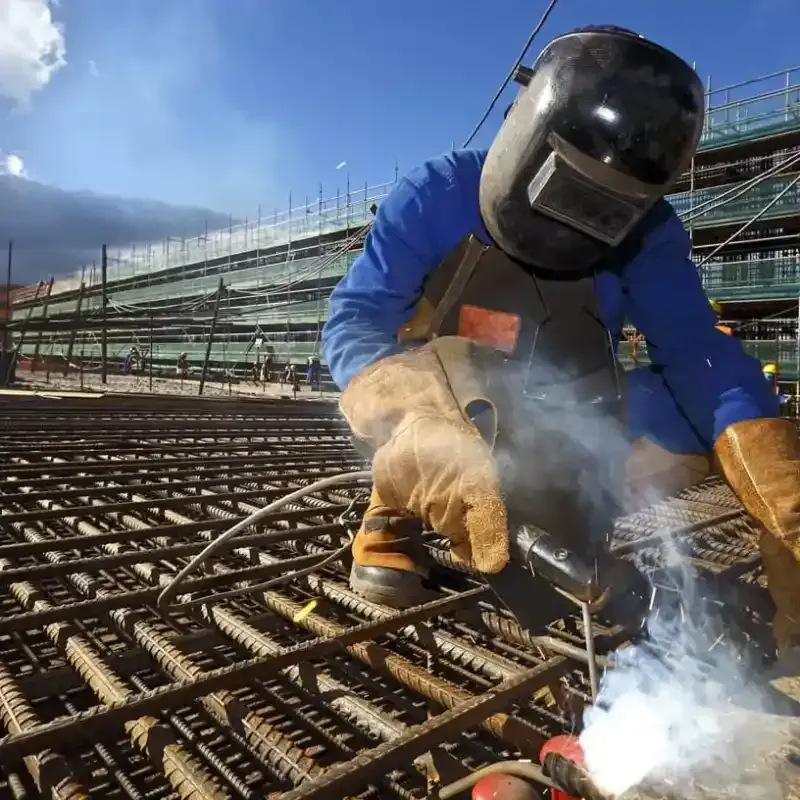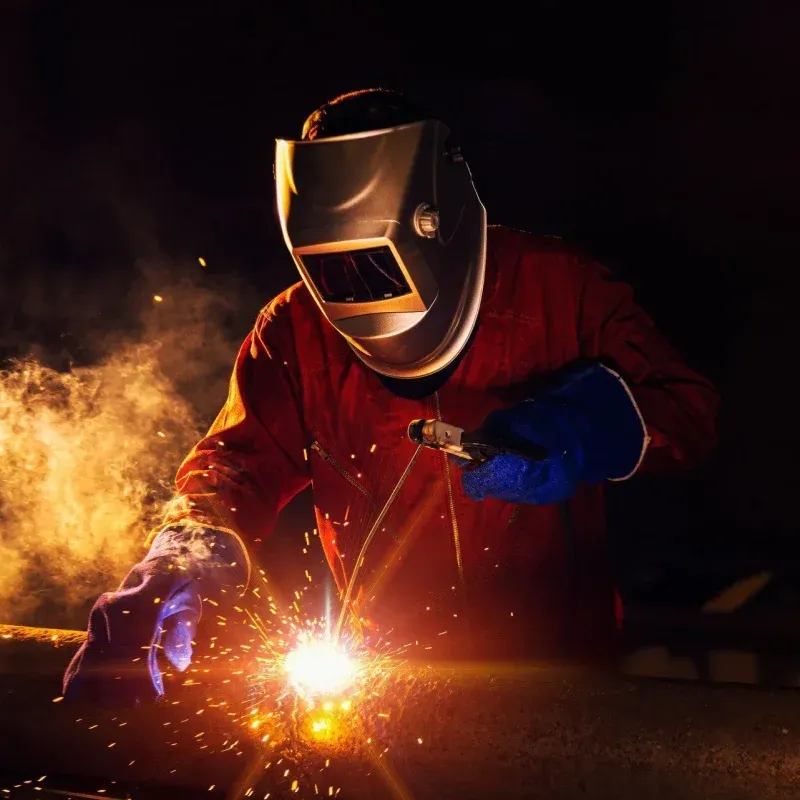Welding and metalworking are critical skills for a wide range of industries, from construction to automotive repair and even art. Whether you’re a seasoned pro or just getting started with your first project, it’s important to recognize the common mistakes that can hinder the quality of your work and lead to costly setbacks. Below are the top five welding and metalworking mistakes to avoid to ensure your projects are strong, durable, and professionally crafted.
1. Ignoring Proper Safety Measures
One of the biggest mistakes in welding and metalworking is neglecting safety. Welding involves high temperatures, dangerous sparks, and the potential for harmful fumes, making safety a top priority. Skipping safety gear, such as gloves, helmets with proper face shields, and protective clothing, can lead to severe injuries, including burns, eye damage, and respiratory issues.
Additionally, ensure you are working in a well-ventilated area, as welding often produces fumes that can be harmful if inhaled. An improperly set-up work area is another common mistake—always be sure your workspace is free of flammable materials, clutter, or any hazards that could lead to accidents.
Tip: Always wear a welding helmet with the correct shade lens, gloves, and long-sleeve clothing to protect against heat and sparks. Use a respirator when necessary, especially if working with metals that produce toxic fumes.
2. Poor Joint Preparation
Welding is a process that relies on strong and clean joints to create a secure bond. One of the most frequent mistakes is poor joint preparation, which leads to weak welds and an uneven finish. Before you begin welding, it’s crucial to ensure that the metal surfaces are clean of rust, oil, dirt, or paint. Any contaminants can interfere with the welding process, resulting in a lack of fusion or poor penetration.
Not properly aligning the pieces before welding is another common mistake. Misaligned joints can create gaps, which affect the integrity of the weld. Take the time to clean, align, and clamp your workpieces before starting.
Tip: Always clean the metal surfaces with a wire brush, grinder, or chemical cleaner to remove debris. Ensure the edges are properly beveled and aligned to achieve a solid, clean weld.
3. Incorrect Heat Settings
Welding requires precision, and the heat settings on your welder play a significant role in the quality of the weld. Setting the wrong amperage can lead to over-welding or under-welding, which results in either weak welds or burn-throughs in the material. For thin metals, using too much heat can cause warping and holes, while too little heat can prevent proper fusion.
Each material you’re welding—whether it’s steel, aluminum, or stainless steel—requires different settings. It’s essential to refer to the manufacturer’s guidelines or conduct test welds to ensure you’re using the right heat levels.
Tip: Adjust your machine’s heat settings based on the thickness of the material. Start with a lower setting for thin metals and gradually increase the heat for thicker materials, always testing the weld on scrap pieces first.
4. Rushing the Welding Process
Welding is a skill that requires patience and precision. Rushing through the process is a mistake that leads to sloppy, inconsistent welds. Welding too quickly can cause inadequate penetration, poor fusion, and even uneven bead appearance. It’s important to move at a steady pace and allow the material to heat properly before progressing. Rushing can also cause you to overlook other crucial factors, like joint preparation or heat adjustments.
Rushing also applies to post-welding processes, like cooling. Allow the welded pieces to cool at their own pace—rapid cooling can cause cracking, especially in high-stress areas.
Tip: Focus on consistency rather than speed. Work at a controlled pace and make sure each weld is complete before moving on to the next. Avoid unnecessary shortcuts, and allow the metal to cool naturally after welding.
5. Using the Wrong Type of Filler Material
Choosing the wrong filler material for your project is another common mistake that can affect the strength and durability of your weld. The filler material should match the base metal you are working with. For instance, if you’re welding aluminum, using a steel filler rod will lead to a weak bond, as the materials have very different properties.
Additionally, not using the proper size or type of filler material can also cause issues. A filler that is too thin or too thick for the job will not properly fuse with the base metal, resulting in weak or inconsistent welds.
Tip: Always match the filler material to the base metal. If you’re unsure, research the correct type or consult with an experienced welder to ensure you’re using the right materials for your project.
Bottomline
Welding and metalworking can be incredibly rewarding when done correctly, but they also require attention to detail and proper technique. By avoiding these five common mistakes—ignoring safety, poor joint preparation, incorrect heat settings, rushing the process, and using the wrong filler material—you can greatly improve the quality of your work and create strong, long-lasting welds.
At Legacy Fabrication, we pride ourselves on delivering high-quality craftsmanship, whether it’s a custom design or a simple repair. If you need assistance with your welding and metalworking projects, don’t hesitate to reach out. With the right tools, techniques, and attention to detail, your welding work can be both safe and exceptional.



